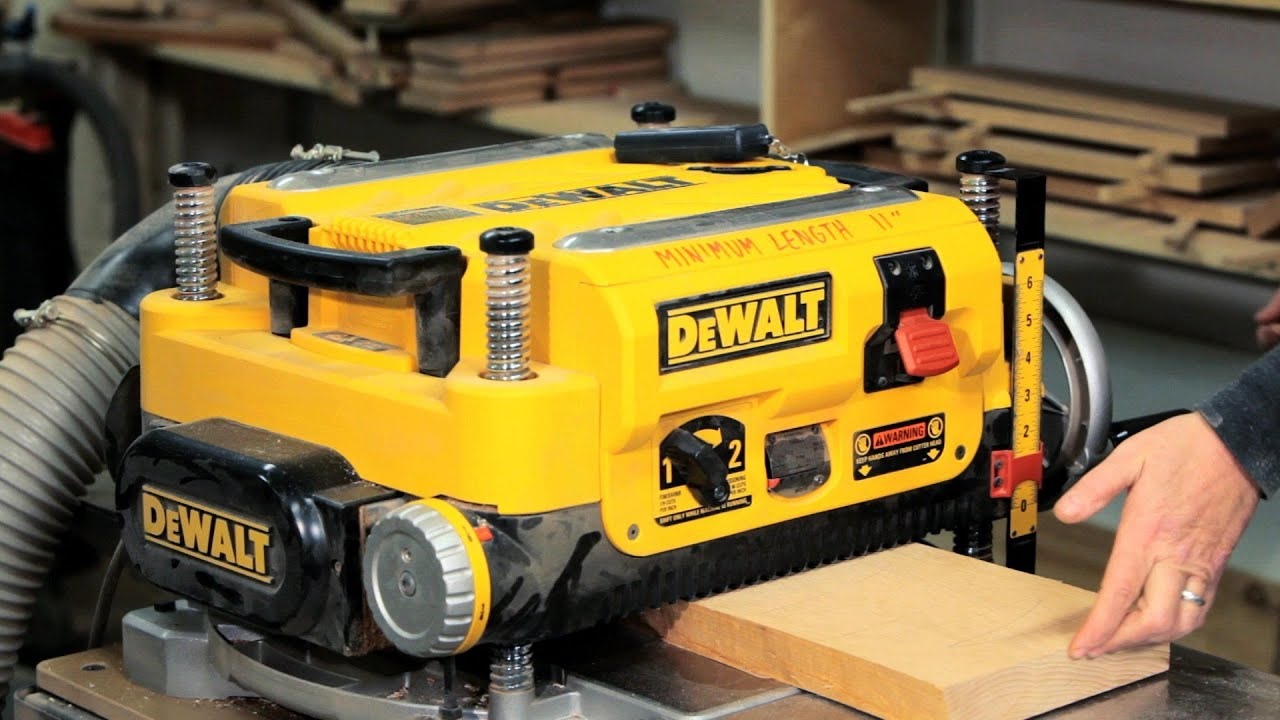

Articles
What Is A Planer In Woodworking
Modified: December 7, 2023
Learn all about planers in woodworking with our informative articles. Discover the different types, uses, and tips for using planers effectively.
(Many of the links in this article redirect to a specific reviewed product. Your purchase of these products through affiliate links helps to generate commission for Storables.com, at no extra cost. Learn more)
Introduction
Welcome to the world of woodworking! Whether you’re a seasoned professional or just beginning your journey, understanding the tools of the trade is essential. One such tool that is widely used in woodworking is the planer. A planer is a versatile machine that can help you achieve smooth and flat surfaces for your woodworking projects.
In this article, we’ll delve into the world of planers, exploring their definition, functions, types, how they work, and tips for choosing the right one. Let’s get started!
A planer is a power tool designed to remove thin layers of material from wooden boards or panels, creating a smooth and even surface. It does so by using rotating cutting blades that shave off excess wood, revealing a flat and uniform piece of lumber. Planers are commonly used to flatten, smooth, and thickness boards, reducing their thickness to the desired size.
Planers come in various types, each catering to different woodworking needs. The most common types of planers include benchtop planers, thickness planers, jointer planers, and portable planers. Let’s explore each of these types in more detail.
A benchtop planer is a compact and versatile planer that is designed to be mounted on a workbench or table. It is suitable for small to medium-sized woodworking projects and is perfect for hobbyists or DIY enthusiasts. Benchtop planers are often equipped with features such as adjustable depth settings, feed rates, and dust collection systems, making them convenient and user-friendly.
A thickness planer, also known as a thicknesser, is specifically designed to reduce the thickness of a board or panel. It is commonly used to create uniform thickness throughout the piece of wood, making it ideal for projects that require consistency, such as building furniture or cabinetry. Thickness planers can handle larger and wider boards, offering increased versatility and efficiency.
A jointer planer combines the functions of a jointer and a planer into one machine. This hybrid tool allows you to flatten and square rough lumber with the jointer function and then create smooth and even surfaces with the planer function. Jointer planers are excellent for achieving precise and accurate results, making them a go-to tool for professional woodworkers.
Portable planers, as the name suggests, are designed for ease of transport and on-the-go woodworking. These compact and lightweight machines are perfect for contractors or woodworkers who frequently work on different job sites. Portable planers offer convenience without compromising on performance, allowing you to achieve smooth and flat surfaces wherever your woodworking projects take you.
Now that we’ve explored the different types of planers, let’s delve into how these machines actually work. Understanding the mechanics behind a planer will help you make the most out of this essential woodworking tool.
Key Takeaways:
- Planers are essential for achieving smooth, flat, and dimensionally accurate surfaces in woodworking. Understanding the different types, functions, and maintenance practices is crucial for unleashing the full potential of this indispensable tool.
- When choosing a planer, consider factors such as type, size, power, and safety features to ensure it meets your specific woodworking needs. Prioritize proper maintenance and safety precautions to achieve optimal performance and longevity.
Read also: 15 Amazing Planers Woodworking for 2024
Definition of a Planer
A planer is a woodworking machine that is designed to create smooth and flat surfaces by removing thin layers of material from wooden boards or panels. It is an essential tool in the woodworking industry and is widely used by professionals and hobbyists alike.
The primary purpose of a planer is to flatten and level the surface of rough lumber, making it suitable for various woodworking projects. By removing the imperfections and inconsistencies in the wood, a planer ensures that the finished product is visually appealing and structurally sound.
Planers are equipped with rotating cutting blades that are designed to shave off a small amount of wood with each pass. These blades can be adjusted to control the depth of cut, allowing for precise removal of material. The cutting action of a planer creates a smooth and even surface on the wood, eliminating any roughness or irregularities.
One of the key advantages of using a planer is its ability to remove material quickly and efficiently. It can handle large and thick pieces of wood, making it suitable for a wide range of woodworking applications. Whether you’re working on furniture, cabinetry, flooring, or any other woodworking project, a planer can help you achieve the desired results.
Additionally, planers are not only used to flatten and smooth surfaces but also to reduce the thickness of wooden boards. This is particularly useful when you need to create boards of consistent thickness for specific woodworking purposes. By adjusting the depth settings, you can control the amount of material being removed, allowing you to achieve the desired thickness.
Planers come in different sizes and configurations to accommodate various woodworking needs. From compact benchtop planers suitable for small workshops to large industrial planers used in manufacturing facilities, there is a planer available for every level of woodworking operation. The size and capacity of a planer determine the maximum width and thickness of the boards it can handle.
It’s important to note that planers are powerful machines that require proper knowledge and safety precautions when operating. It’s essential to follow manufacturer guidelines and wear appropriate safety gear, such as goggles and ear protection, to ensure personal safety.
Now that we have a solid understanding of what a planer is and its purpose, let’s explore the different functions that a planer can perform in the realm of woodworking.
Functions of a Planer
A planer is a versatile woodworking machine that serves several essential functions. Let’s explore the primary functions of a planer and how they contribute to the woodworking process.
1. Surface Smoothing and Flattening: One of the main functions of a planer is to smooth and flatten the surfaces of rough lumber. By removing the imperfections, such as bumps, knots, and unevenness, a planer creates a smooth and even surface that is visually appealing and ready for further processing.
2. Thickness Reduction: Planers are also used to reduce the thickness of wooden boards or panels. This is particularly useful when you need to create boards of consistent thickness for specific woodworking projects. By adjusting the depth settings of the planer, you can control the amount of material being removed to achieve the desired thickness.
3. Material Removal: Planers are designed to remove thin layers of material from wooden surfaces. This function is vital when working with rough lumber that may have uneven or irregular thickness. The planer’s cutting blades efficiently remove excess material, ensuring a consistent thickness throughout the piece of wood.
4. Creating Flat and Parallel Surfaces: Another crucial function of a planer is to create flat and parallel surfaces. This is particularly important when working on projects that require precise measurements and joinery. By passing the wood through the planer, you can achieve perfectly flat surfaces that are ready for accurate cutting, shaping, and assembly.
5. Jointing or Edge Squaring: Some planers come with additional features or attachments that allow for jointing or edge squaring. This function is useful when you need to create straight and square edges on the boards, ensuring precise and tight-fitting joinery.
6. Surface Texturing: While the primary function of a planer is to create smooth surfaces, it can also be used to add texture to the wood. Some planers come with specialized blades or attachments that can create unique patterns or textures on the surface of the wood, adding visual interest and enhancing the overall aesthetic of the finished piece.
These important functions make a planer an indispensable tool in any woodworking workshop. Whether you’re working on furniture, cabinets, doors, or any other woodworking project, a planer can help you achieve the desired results by ensuring flat, smooth, and dimensionally accurate surfaces.
Now that we understand the functions of a planer, let’s explore the different types of planers available in the market and their specific features and uses.
Types of Planers
Planers come in various types, each specifically designed to cater to different woodworking needs. Let’s explore the different types of planers, their features, and their specific uses.
1. Benchtop Planer: A benchtop planer is a compact and versatile planer that is designed to be mounted on a workbench or table. It is suitable for small to medium-sized woodworking projects and is perfect for hobbyists or DIY enthusiasts. Benchtop planers are often equipped with features such as adjustable depth settings, feed rates, and dust collection systems, making them convenient and user-friendly.
2. Thickness Planer: Also known as thicknessers, these planers are specifically designed to reduce the thickness of a board or panel. They excel at creating boards of consistent thickness, making them ideal for projects that require uniformity, such as furniture making or cabinetry. Thickness planers can handle larger and wider boards, offering increased versatility and efficiency.
3. Jointer Planer: A jointer planer combines the functions of a jointer and a planer into one machine. This hybrid tool allows you to flatten and square rough lumber with the jointer function and then create smooth and even surfaces with the planer function. Jointer planers are excellent for achieving precise and accurate results, making them a go-to tool for professional woodworkers.
4. Portable Planer: Portable planers are designed for ease of transport and on-the-go woodworking. These compact and lightweight machines are perfect for contractors or woodworkers who frequently work on different job sites. Portable planers offer convenience without compromising performance, allowing you to achieve smooth and flat surfaces wherever your woodworking projects take you.
When choosing the right planer for your woodworking needs, consider factors such as the size of the projects you typically work on, the width and thickness capacity required, and the level of precision and portability you desire. It’s essential to carefully evaluate your specific requirements to select the most suitable planer type.
In addition to the different types of planers, there are various features and specifications to consider, such as cutterhead speed, number of blades, dust collection systems, and safety features. These features can vary between different models and brands of planers, so it’s important to research and compare before making a purchase.
Now that we have explored the different types of planers available, let’s dive into how a planer actually works and the mechanics behind its functionality.
Benchtop Planer
The benchtop planer is a versatile and compact woodworking tool designed for smaller to medium-sized projects. As the name suggests, it is designed to be mounted on a workbench or table, allowing for stability and ease of use. Benchtop planers are popular among DIY enthusiasts and hobbyists due to their affordability and convenience.
One of the advantages of a benchtop planer is its portability. It can easily be moved and stored when not in use, making it ideal for those with limited workshop space or those who need to take their woodworking projects on the go. Despite their smaller size, benchtop planers are still capable of delivering excellent results.
These planers typically have a cutting width ranging from 10 to 13 inches, allowing you to work with boards of various sizes. While they may not handle large or wide boards as efficiently as larger planers, they still offer sufficient capacity for most woodworking applications.
Benchtop planers are commonly equipped with adjustable depth settings, allowing you to control the amount of material being removed with each pass. This feature is crucial in achieving the desired thickness and smoothness for your project. Additionally, many benchtop planers come with a feed rate adjustment feature, providing the flexibility to choose between a fast or slow feed speed depending on the type of wood and desired finish.
Dust collection is another important feature found in most benchtop planers. These machines are equipped with a dust port that connects to a dust collection system, helping to keep your workspace clean and minimizing airborne wood particles. Dust collection systems can vary between models, so it’s important to check the specifics and ensure they meet your needs.
When using a benchtop planer, it’s important to pay attention to safety precautions. Always follow the manufacturer’s guidelines for operation, wear appropriate safety gear such as safety glasses and hearing protection, and ensure the work area is clear of any obstructions.
Whether you’re working on smaller woodworking projects, making furniture, or creating decorative pieces, a benchtop planer can be a valuable addition to your workshop. It provides the convenience of portability and the ability to achieve smooth and even surfaces on your stock, ensuring professional-looking results.
Now that we understand benchtop planers, let’s explore another type of planer – the thickness planer.
Read more: How To Use Ryobi Planer
Thickness Planer
A thickness planer, also known as a thicknesser, is a specialized woodworking machine designed to reduce the thickness of wooden boards or panels. It is an invaluable tool for achieving uniform thickness throughout a piece of wood, making it ideal for projects that require consistency, precision, and professional-grade results.
One of the main functions of a thickness planer is to ensure that wooden boards have a consistent thickness. This is crucial for creating flat, even surfaces, whether it’s for building furniture, cabinetry, or any other woodworking project. By passing a board through a thickness planer, you can remove excess material and achieve the desired thickness, resulting in a more polished and refined finished product.
Thickness planers typically have a wide cutting capacity, often ranging from 12 to 24 inches, allowing you to work with larger and wider boards. This increased capacity makes thickness planers suitable for both small-scale and large-scale woodworking projects.
These machines feature adjustable depth settings that allow you to control the amount of material being removed with each pass. By adjusting the depth of cut, you can achieve the desired thickness for your project. This versatility provides the flexibility to work with various types of wood and achieve different thickness levels as per your specific woodworking requirements.
A key advantage of thickness planers is their ability to handle rough or uneven surfaces. Often, rough lumber has irregular thickness, which can be challenging when trying to achieve a consistent thickness throughout the board. Thickness planers eliminate this problem by effectively removing the excess material and producing a smooth and even surface.
Thickn
When using a planer in woodworking, always make sure to feed the wood against the rotation of the cutter head to avoid tearout and achieve a smooth surface.
Jointer Planer
A jointer planer, also known as a combination planer or jointer, is a multipurpose woodworking machine that combines the functionalities of a jointer and a planer. It is a powerful tool that allows woodworkers to effectively square and flatten rough lumber, creating smooth and dimensionally accurate surfaces for their projects.
The primary function of a jointer planer is to ensure that the edges of a board are straight, square, and parallel to each other. It achieves this by utilizing the jointer function, which involves passing the stock over rotating knives that plane the surface, removing any imperfections and creating a flat edge. This is particularly important when joining multiple boards together to create panels or when ensuring seamless edge-to-edge joinery.
In addition to jointing, the combination machine also includes a planer function. This allows woodworkers to flatten and smooth the faces of rough lumber, creating parallel and evenly thicknessed surfaces. By passing the wood through the planer portion of the machine, the rotating knives shave off thin layers of material, resulting in a uniform thickness and a smooth texture.
The advantage of having both jointing and planing functions in one machine is convenience and space efficiency. Instead of needing separate jointer and planer machines, woodworkers can save space and cost by investing in a jointer planer. This is particularly beneficial for those who have limited workspace or need to move their equipment between job sites.
Jointer planers come in various sizes, with different capacities to handle different sizes of stock. The width capacity of the jointer portion determines the maximum width of the boards that can be processed. The width capacity can range from around 6 inches for smaller models to 16 inches or more for larger industrial-grade machines. The planing capacity of the machine determines the maximum thickness that can be achieved, typically ranging from 4 to 13 inches.
When using a jointer planer, it’s important to follow safety guidelines and best practices. The rotating knives in the machine are sharp and powerful, and proper precautions, such as using push blocks and proper feeding techniques, should be taken to ensure safe operation.
In summary, a jointer planer is a versatile woodworking machine that combines the functions of a jointer and a planer. It allows woodworkers to achieve straight, square, and parallel edges on their stock, as well as flatten and smooth the surfaces. This multipurpose machine offers convenience and efficiency, making it a valuable tool in any woodworking shop.
Now that we have explored the jointer planer, let’s move on to another type of planer – the portable planer.
Portable Planer
A portable planer is a compact and lightweight woodworking tool designed for on-the-go use. It is an essential machine for contractors, carpenters, and woodworkers who frequently work on different job sites or require mobility in their woodworking projects. Portable planers offer convenience, versatility, and professional-grade results in a portable package.
One of the main advantages of a portable planer is its portability. These machines are designed to be easily moved and transported, allowing woodworkers to bring their planer to various job sites or workspaces. This feature is particularly beneficial for contractors who may need to work on different locations or for hobbyists who have limited space in their workshop.
Despite their compact size, portable planers still pack a punch in terms of performance. They are equipped with powerful motors that can handle a variety of woodworking tasks. Many portable planers offer a cutting width ranging from 12 to 15 inches, allowing for versatility in working with different sizes of boards or panels.
Portable planers are designed to quickly and efficiently flatten and smooth the surfaces of rough lumber. They utilize rotating blades to remove thin layers of material, resulting in a flat and even surface. This makes them ideal for applications such as leveling boards, creating smooth surfaces for joinery, or reducing the thickness of stock.
One of the key features of portable planers is their user-friendly design. They are often equipped with depth adjustment mechanisms that allow for precise control over the amount of material being removed. This enables woodworkers to achieve the desired thickness or smoothness for their specific project requirements.
Dust collection is another important feature found in many portable planers. These machines come with a dust port or built-in dust collection system that connects to a vacuum or dust extractor. This helps to keep the work area clean, improve visibility, and reduce the level of airborne particles for a healthier working environment.
When using a portable planer, it is essential to follow safety guidelines and take necessary precautions. This includes wearing appropriate protective gear, such as safety glasses and hearing protection, and ensuring the work area is free from obstructions or potential hazards.
Whether you’re a contractor working on-site or a woodworker with limited space, a portable planer is a valuable addition to your tool arsenal. It offers the convenience of mobility without compromising on performance, allowing for precise and professional results wherever your woodworking projects take you.
Now that we have explored the different types of planers and their specific features and uses, let’s dive into how a planer actually works and the mechanics behind its functionality.
How Does a Planer Work?
A planer is a woodworking machine designed to create smooth, flat, and evenly thicknessed surfaces on wooden boards or panels. Understanding how a planer works is important to fully utilize its capabilities and achieve the best results in your woodworking projects.
The basic mechanism of a planer involves the use of rotating cutting blades or knives that shave off thin layers of material from the surface of the wood. These blades are mounted on a cylindrical cutterhead or drum that spins rapidly. As the cutterhead spins, the blades make contact with the wood, removing material and creating a smooth surface.
When using a planer, you typically feed the piece of wood through the machine, passing it over the rotating cutterhead. The wood is held in place by pressure rollers or a feed system, ensuring a consistent feed rate and preventing any slippage or movement during the cutting process.
As the wood passes through the planer, the rotating knives make contact with the surface, cutting into the wood and removing a small amount of material with each pass. The depth of cut can usually be adjusted, allowing you to control the amount of material being removed and achieve the desired thickness or smoothness.
Planers are capable of removing imperfections and irregularities from the wood, such as knots, bumps, or even slight warping. The cutting action of the blades levels the surface, resulting in a flat and even piece of wood that is ready for further processing or assembly.
In addition to leveling surfaces, planers can also be used to reduce the thickness of a board. By adjusting the depth settings, you can control the amount of material being removed, gradually reducing the thickness of the wood to your desired measurement. This feature is particularly useful when creating boards of consistent thickness for various woodworking applications.
It’s important to note that planers require proper setup and adjustment to achieve optimal results. This includes ensuring that the blades are sharp and properly aligned, the feed rate is adjusted correctly, and the wood is properly supported and guided through the machine. Each planer model may have specific settings and adjustments, so it’s crucial to consult the manufacturer’s instructions for guidance.
Additionally, planers generate a significant amount of wood chips and dust during operation. Many planers are equipped with dust collection systems or ports that can be connected to a vacuum or dust extractor. Proper dust collection helps to maintain a clean working environment and prevents the buildup of debris that can affect the performance of the machine.
Now that we have a better understanding of how a planer works, let’s delve into the factors to consider when choosing the right planer for your specific woodworking needs.
Read more: What Is Woodworking
Choosing the Right Planer
Choosing the right planer for your woodworking needs requires careful consideration of several factors. The right planer will not only meet your project requirements but also provide efficiency, accuracy, and durability. Here are some key considerations to keep in mind when selecting a planer:
1. Type of Planer: Determine the type of planer that best suits your needs. Consider whether you require a benchtop planer for smaller projects, a thickness planer for consistent thicknesses, a jointer planer for combined functionalities, or a portable planer for mobility.
2. Size and Capacity: Evaluate the size and capacity of the planer. Determine the maximum widths and thicknesses of stock that the planer can handle. Consider the size of your typical woodworking projects and ensure the planer can accommodate them.
3. Power and Performance: Look for a planer with a powerful motor that can efficiently handle the workload. Consider the cutting speed, number of blades, and the ability to handle different types of wood. Higher power and performance will ensure smoother cuts and better results.
4. Adjustable Features: Opt for a planer with adjustable features such as depth settings and feed rates. These allow you to have greater control over the cutting depth and speed, enabling you to achieve the desired thickness and surface finish for your projects.
5. Quality and Durability: Ensure that the planer is built with durable materials and components. Look for a well-built machine that can withstand regular use and deliver long-lasting performance. Read reviews, check for warranties, and consider the reputation of the brand for reliability.
6. Ease of Use and Safety Features: Consider the user-friendliness of the planer. Look for features such as easy blade changes, intuitive controls, and clear instructions. Additionally, check for safety features such as emergency stops and protective mechanisms to ensure your safety during operation.
7. Dust Collection: Evaluate the planer’s dust collection system. A good dust collection feature will help maintain a clean and safe working environment by efficiently collecting wood chips and dust. Look for a planer with a dust port that can be connected to a vacuum or dust extractor.
8. Budget: Finally, consider your budget and choose a planer that offers the best value for your money. Compare prices, features, and customer reviews to make an informed decision and find the right balance between cost and quality.
By considering these factors, you can choose a planer that meets your specific woodworking requirements and ensures optimal performance in your projects. Take your time to research and compare different models to find the planer that best suits your needs and budget.
Now that we have covered how to choose the right planer, let’s move on to some essential maintenance and safety tips for planers.
Maintenance and Safety Tips for Planers
Maintaining your planer properly and following essential safety guidelines is crucial for ensuring optimal performance and protecting yourself from potential hazards. Here are some maintenance and safety tips to keep in mind when using a planer:
1. Read the Manual: Before using your planer, thoroughly read the manufacturer’s manual and familiarize yourself with the machine’s specific features, controls, and safety instructions. Following the manufacturer’s guidelines will help you use the planer correctly and avoid any unnecessary accidents.
2. Wear Safety Gear: Always wear appropriate safety gear when operating a planer. This includes safety glasses or goggles to protect your eyes from wood chips or debris, hearing protection to guard against the loud noise generated by the machine, and gloves to provide a barrier between your hands and any moving parts.
3. Keep the Workspace Clean: Maintain a clean and organized workspace. Regularly remove wood chips and debris that accumulate around the planer. A clean workspace reduces the risk of slips, trips, or falls and helps prevent any potential damage to the machine or interference with its performance.
4. Check the Blades: Regularly inspect the cutting blades of your planer for any signs of wear or damage. Dull or damaged blades can affect the quality of cuts and increase the risk of kickback. If necessary, sharpen or replace the blades following the manufacturer’s instructions to ensure optimal performance.
5. Adjust Depth Settings Safely: When adjusting the depth settings of your planer, ensure that the machine is turned off and unplugged. Always use the appropriate tools recommended by the manufacturer to make any adjustments. Never attempt to adjust the depth while the planer is running.
6. Feed Stock Properly: When feeding stock through the planer, use a push block or push stick to guide the wood along the cutting path. This keeps your hands at a safe distance from the rotating blades and reduces the risk of injury. Never attempt to feed stock through the planer with bare hands.
7. Avoid Overloading: Do not overload the planer by feeding stock that exceeds its recommended capacity. Overloading can strain the motor, affect the quality of cuts, and compromise safety. Follow the manufacturer’s guidelines regarding the maximum width and thickness for the planer.
8. Proper Dust Collection: Connect your planer to a dust collection system or use a shop vacuum to efficiently collect wood chips and dust generated during operation. This helps maintain a clean working environment, improves visibility, and reduces the risk of respiratory issues caused by inhaling wood particles.
9. Regular Cleaning and Maintenance: Routinely clean your planer and remove any excess buildup of wood chips and debris. This includes cleaning the cutting blades, feed rollers, and dust collection system. Lubricate any moving parts as recommended by the manufacturer to keep the planer running smoothly.
10. Unplug when Not in Use: When you’ve finished using your planer, always unplug it from the power source. This prevents any accidental start-ups and ensures your safety when performing maintenance or adjustments.
By following these maintenance and safety tips, you can ensure the longevity of your planer and minimize the risk of accidents or injuries. Remember to prioritize safety at all times and use the planer responsibly.
Now that we have covered maintenance and safety, let’s conclude our exploration of planers.
Conclusion
Planers are indispensable tools in the world of woodworking, offering the ability to create smooth, flat, and dimensionally accurate surfaces on wooden boards or panels. Whether you’re a professional woodworker or a hobbyist, understanding the different types of planers, their functions, and how they work is essential for achieving the best results in your projects.
We explored various types of planers, including benchtop planers, thickness planers, jointer planers, and portable planers. Each type has its own unique features and is suitable for different woodworking needs. Benchtop planers offer versatility and convenience, while thickness planers ensure consistent thickness throughout a board. Jointer planers combine jointing and planing functionalities, and portable planers provide mobility for on-the-go use.
Understanding how a planer works, with its rotating blades shaving off thin layers of material, allows you to achieve smooth and flat surfaces. Controlling the depth settings and feed rate gives you the ability to customize the thickness and surface finish according to your project requirements.
When choosing a planer, factors such as size, power, adjustable features, quality, and budget should be considered. It’s important to select the right planer that meets your specific woodworking needs and offers durability, accuracy, and ease of use. Following proper maintenance practices, such as regular blade inspections, cleaning, and dust collection, ensures optimal planer performance and longevity.
Furthermore, prioritizing safety precautions, including wearing appropriate safety gear, proper feeding techniques, and following manufacturer guidelines, is essential when operating a planer. By taking these precautions, you can minimize the risk of accidents and injuries in your woodworking workshop.
In conclusion, planers are invaluable tools for achieving smooth and flat surfaces in woodworking. Whether you’re flattening rough lumber, reducing thickness, or joining boards, a planer helps you create precise and professional results. By understanding the different types of planers, their functions, and implementing proper maintenance and safety practices, you can unleash the full potential of this indispensable woodworking tool.
So go ahead, choose the right planer for your needs, unleash your creativity, and embark on your woodworking journey with confidence!
Frequently Asked Questions about What Is A Planer In Woodworking
Was this page helpful?
At Storables.com, we guarantee accurate and reliable information. Our content, validated by Expert Board Contributors, is crafted following stringent Editorial Policies. We're committed to providing you with well-researched, expert-backed insights for all your informational needs.
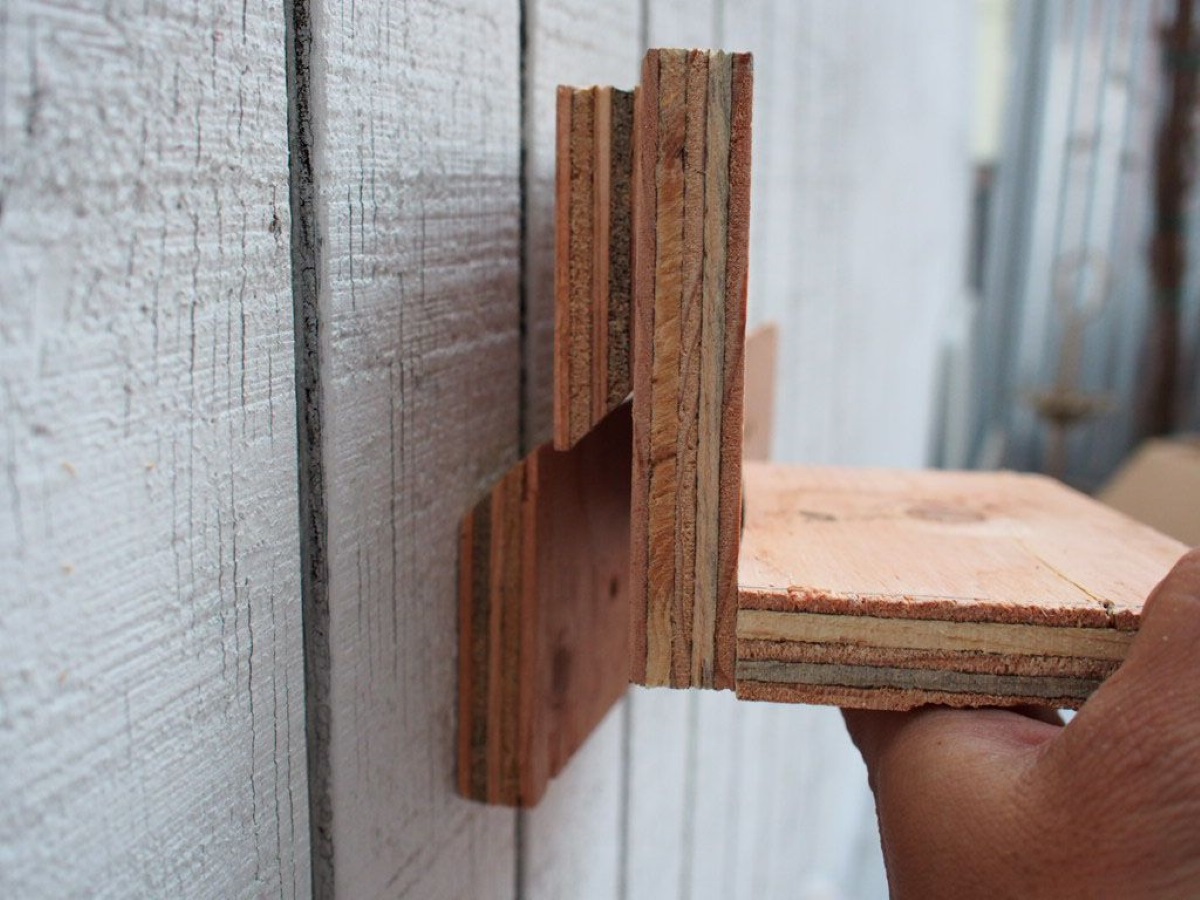
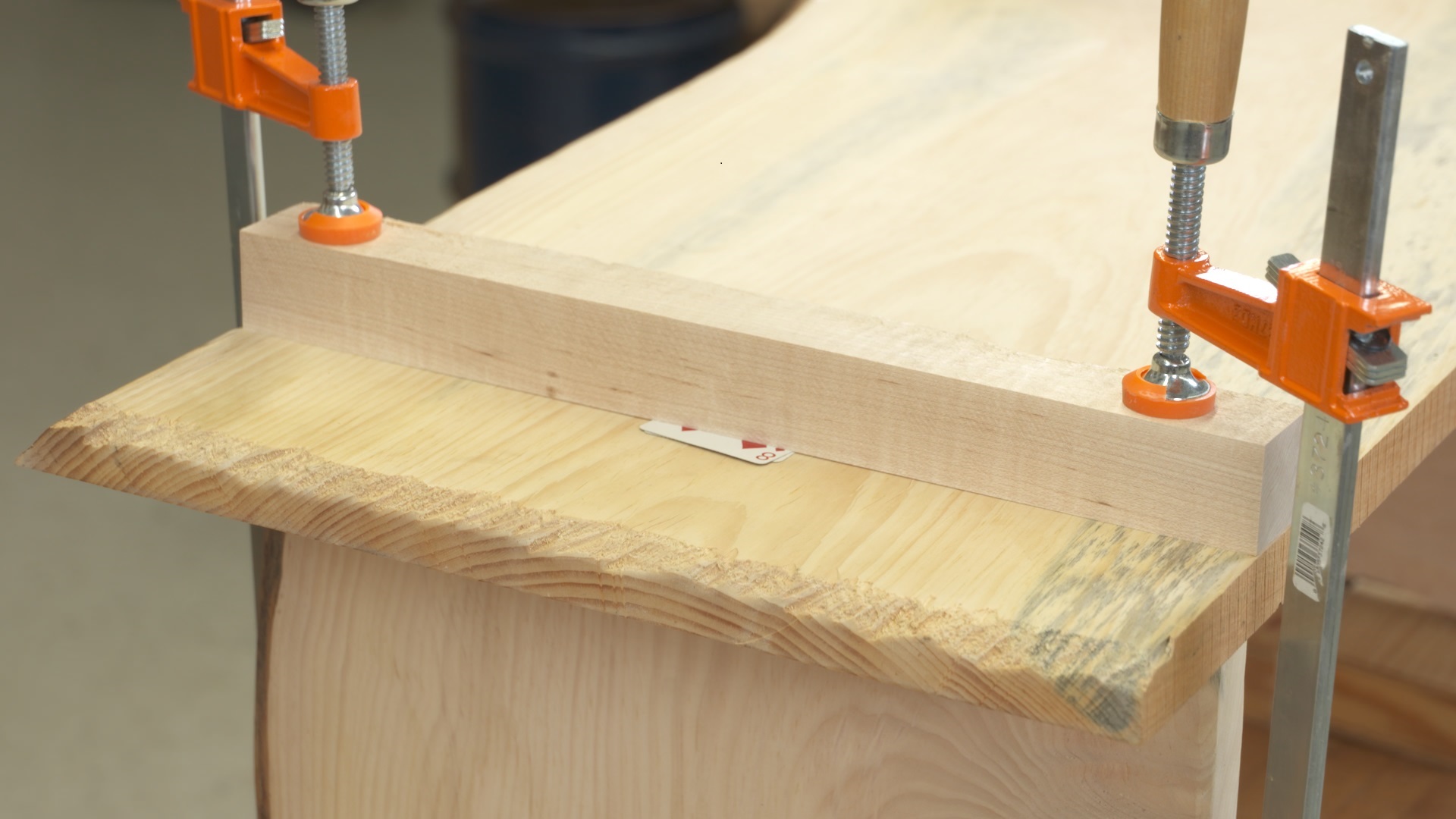

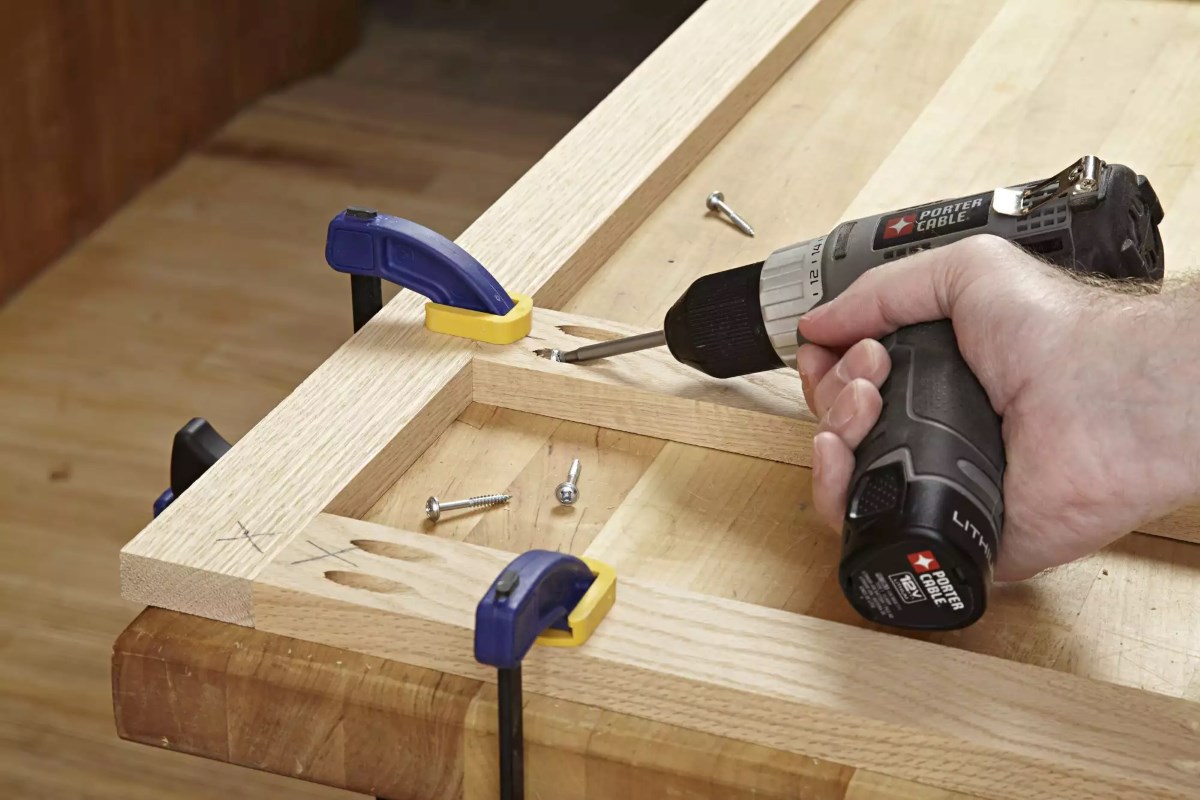
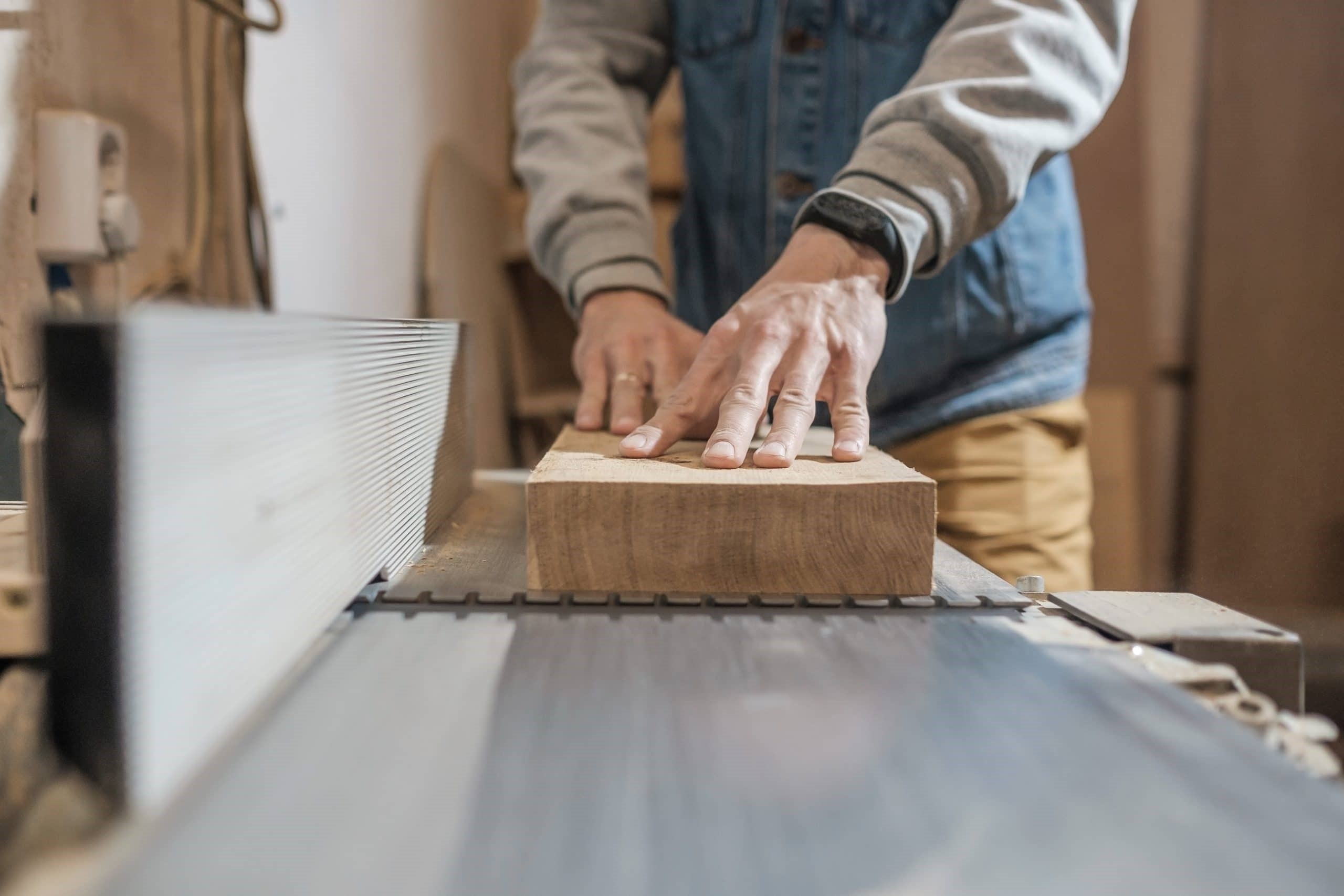
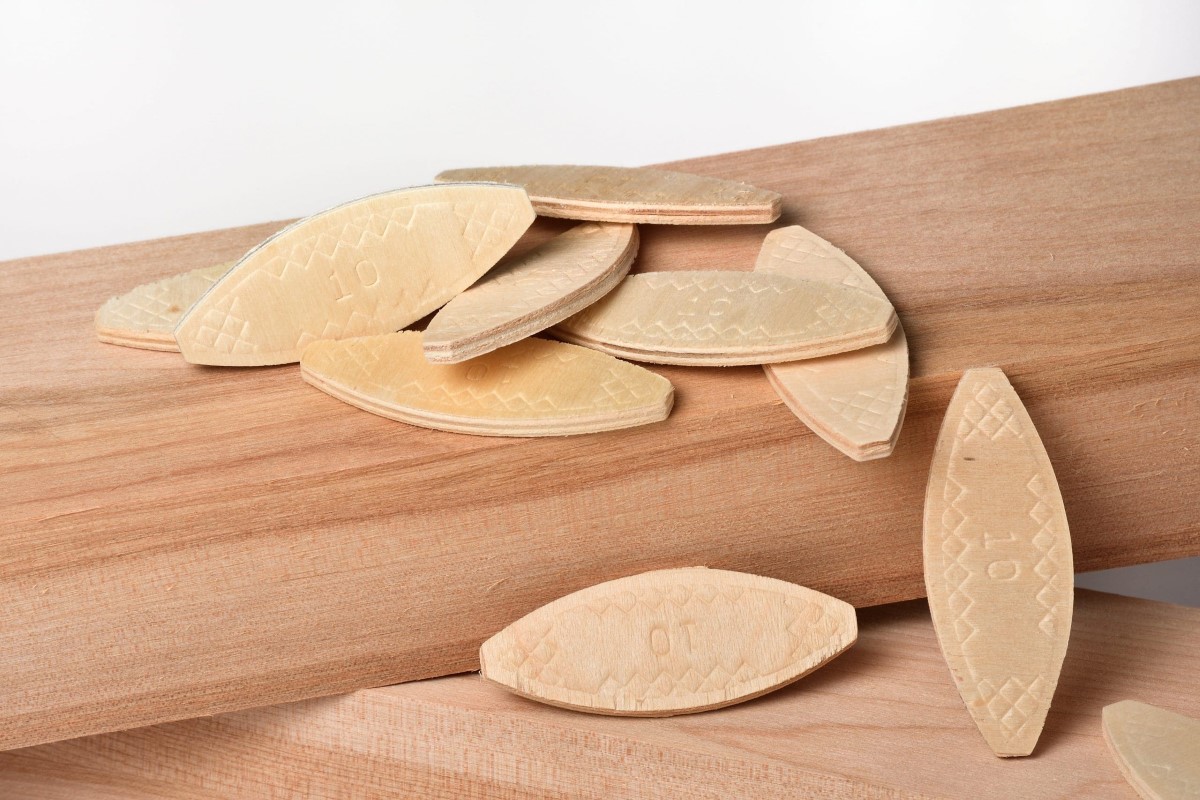
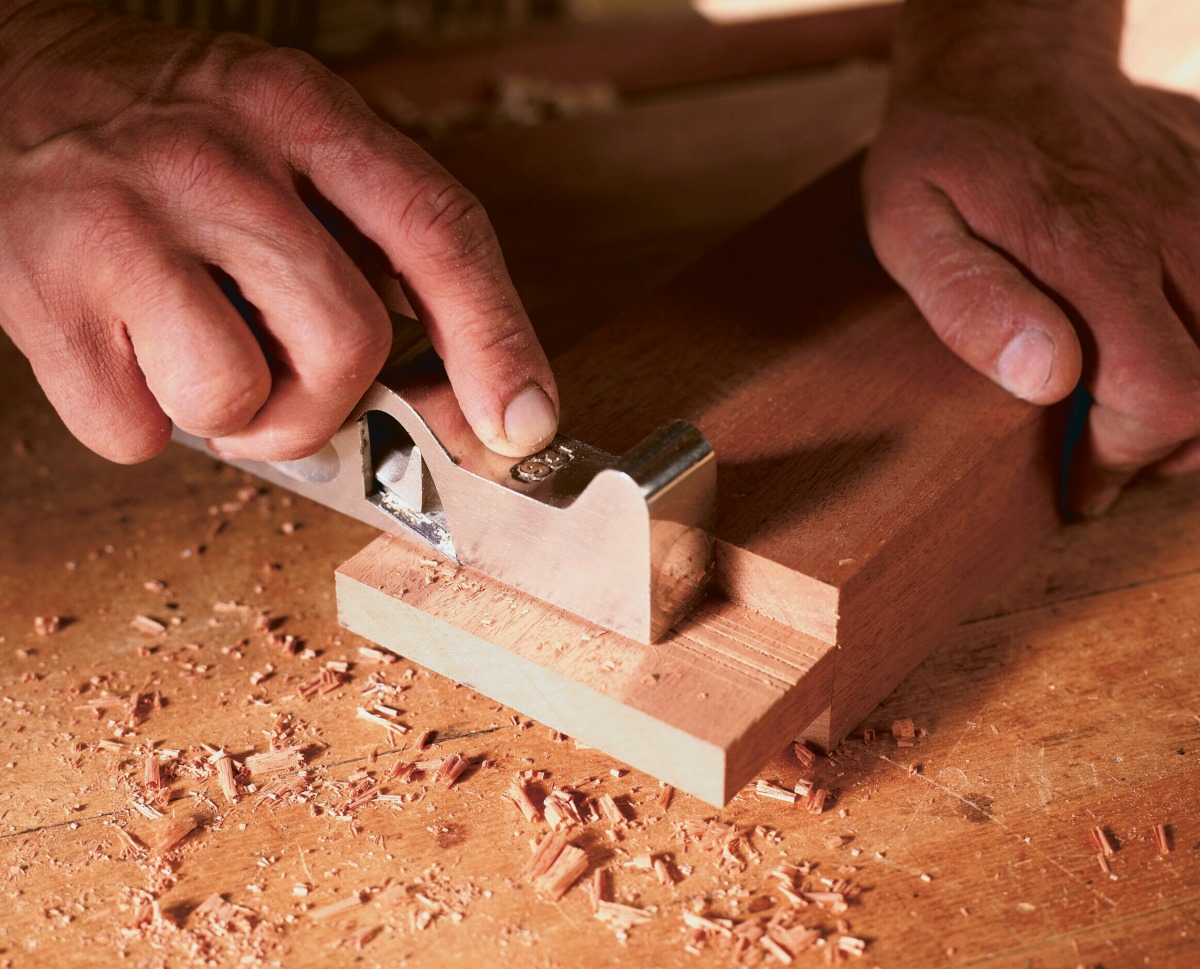
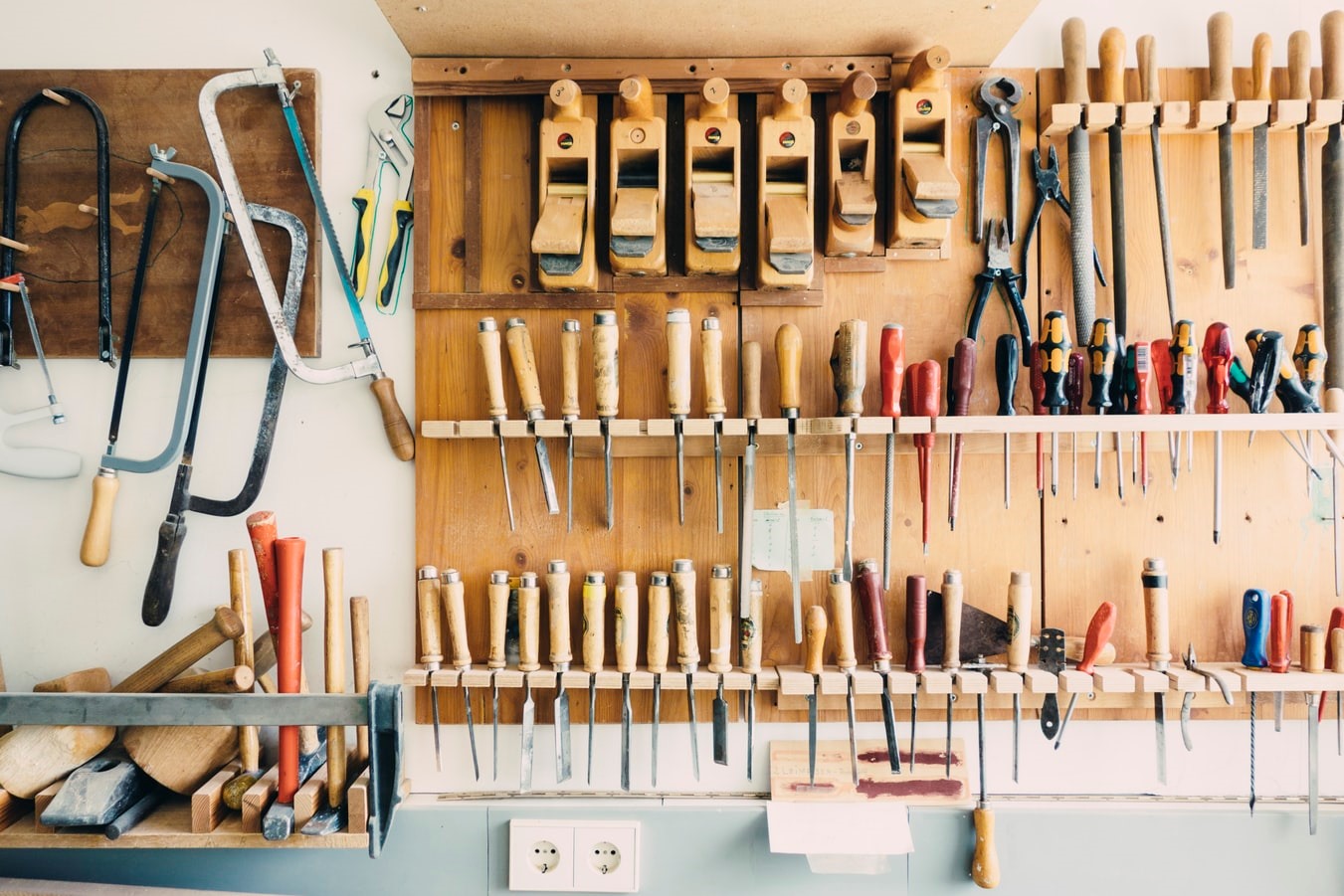
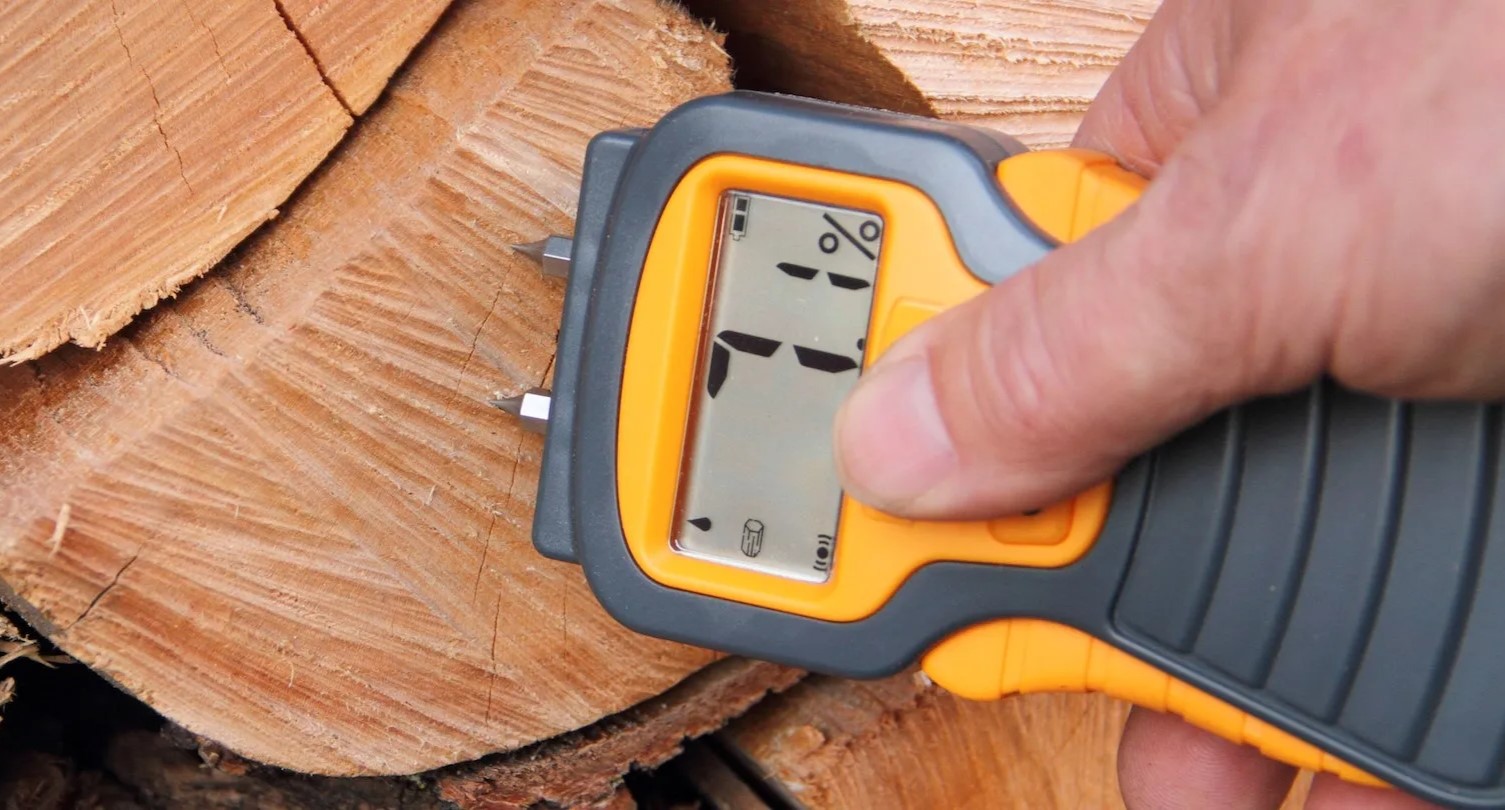
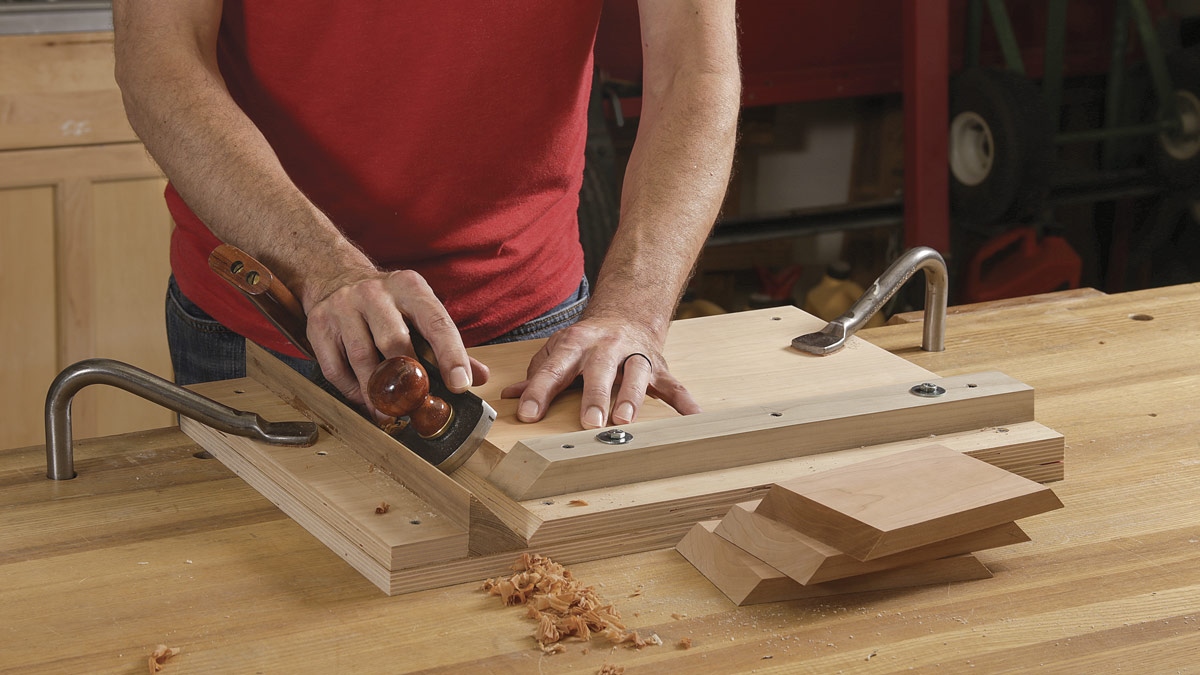

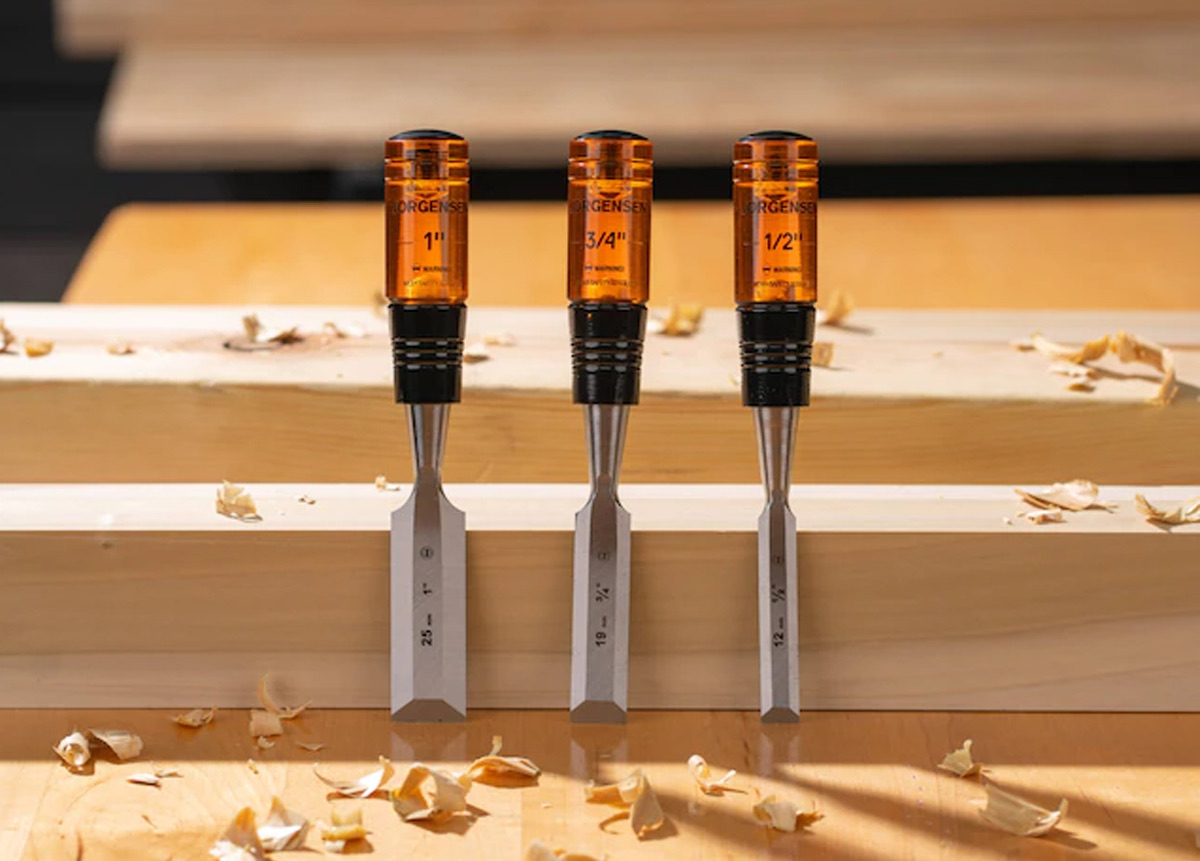
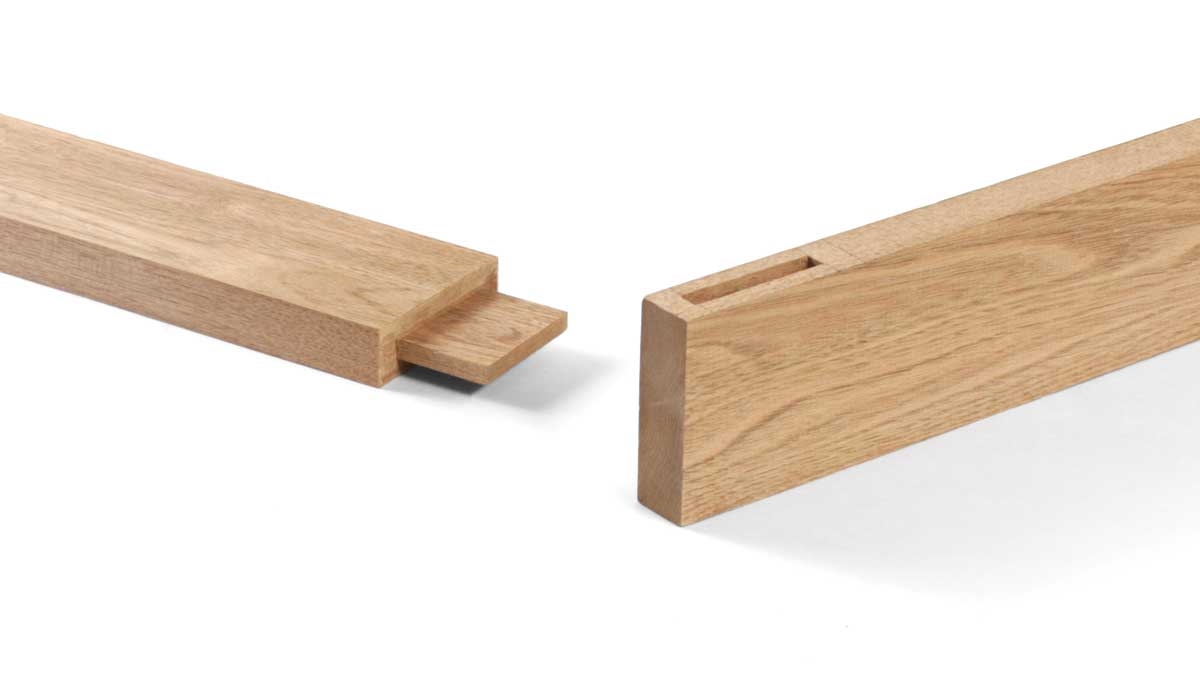

0 thoughts on “What Is A Planer In Woodworking”